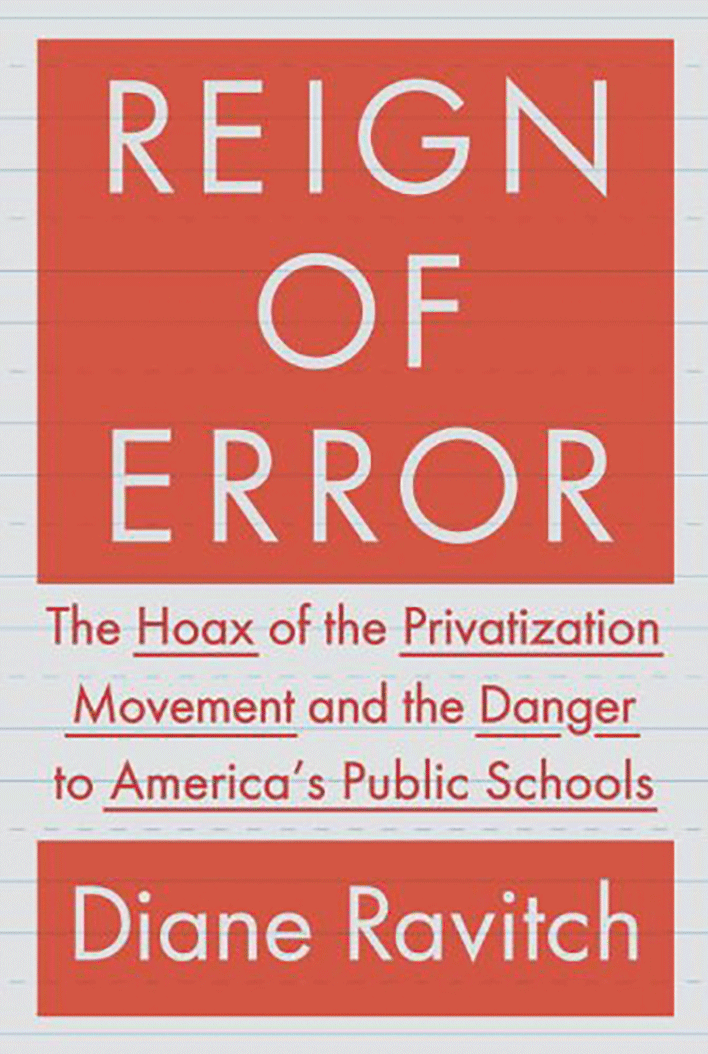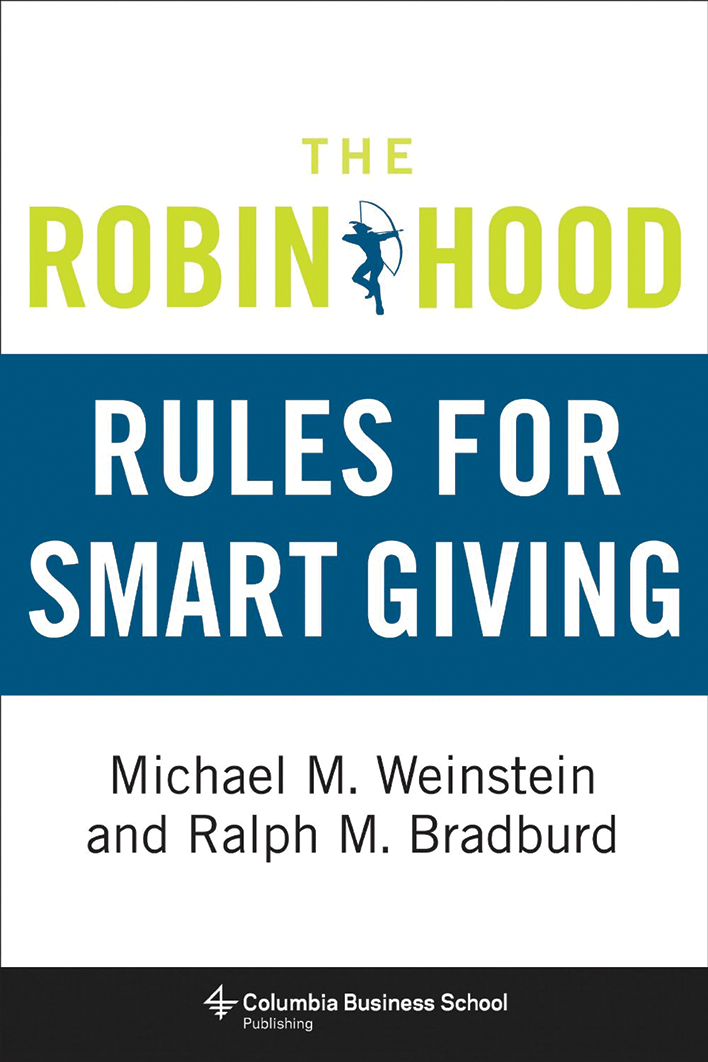
Reign of Error: The Hoax of the Privatization Movement and the Danger to America’s Public Schools
By Diane Ravitch
Education historian Diane Ravitch, who was once a prominent advocate for school choice and who began her political career in the administration of George H. W. Bush, has dramatically changed her tune in recent years. She has become a staunch defender of conventional schools and teachers unions, positioning herself as a foil to reform advocates like Michelle Rhee. In Reign of Error, Ravitch unleashes an attack on voucher programs, charter schools, and so-called “corporate reformers.” Her arguments, while flawed, are not without nuance. Her injunctions against the U.S. Department of Education for its bureaucratic management of public schools will resonate with pro-reform readers. Ravitch has also been an unlikely voice of support for Catholic schools, and her calls for diverse, localized approaches to education give her a patch of common ground with the pro-reform movement, even as its fiercest critic.
However, Ravitch applies few of the complexities of her philosophy in Reign of Error, and instead offers tired, politicized talking points designed to galvanize public-school apologists. The book suffers first and foremost from a strident tone. Ravitch does not entertain the possibility that reformers genuinely want to help students, instead painting them as conspiratorial villains who knowingly deceive the public for personal gain. “They mask their agenda with rhetoric that is soothing and deceptive,” she writes, with no supporting evidence. Instead, she reels off lists of prominent individuals and corporations that have backed reform efforts, as if the involvement of wealthy donors is inherently suspicious. Such tactics may play well with her core audience, but they do nothing to expose any actual drawbacks of the “choice and competition” reform model.
Setting up straw men just to knock them down, Ravitch routinely misrepresents the goals of the reform movement. She insists that reformers are working toward total privatization of schools, portraying a dystopian future in which “community schools” disappear and children are exploited by greedy investors. In reality, even the most fervent reform advocates are not seeking to eliminate district schools.
Ravitch’s assessment of problems and unintended consequences associated with federal standardized testing offers some salient points, but suggests no alternatives that will hold schools accountable for student success. As a steadfast advocate for teachers unions, she unsurprisingly places little value on accountability. This is especially evident in her cursory chapter on tenure. She portrays tenure as a safeguard for teachers who wish to test innovative methods in their classrooms, but glosses over its role in allowing substandard or misbehaving teachers to continue working at the public’s expense.
Diane Ravitch advocates for local, community-based solutions in education, but does not recognize that school choice and competition are crucial parts of these solutions. —Dustin Petzold

The Robin Hood Rules for Smart Giving
By Michael Weinstein and Ralph Bradburd
In the wake of the stock market crash of 1987, a group of hedge-fund savants led by Paul Tudor Jones came together to plan for what they anticipated would be a widespread economic meltdown, creating a foundation that would use quantitative tools to alleviate poverty in New York City. Although their gloomy expectations for the U.S. economy did not come to pass, the Robin Hood Foundation’s analytical method emerged as one of the leading models of data-driven philanthropy. Disbursing approximately $1.1 billion since 1988, the Robin Hood Foundation claims impact that other funders dream of: an average social return of $15 for every dollar in grants.
In The Robin Hood Rules for Smart Giving, senior vice president Michael Weinstein and longtime metrics consultant Ralph Bradburd pull back the curtain on the foundation’s “relentless monetization” practice, leading readers through the basics of their algorithm and describing how they rely on numbers to achieve desired results. Weinstein and Bradburd argue it is possible, albeit difficult, to evaluate all kinds of social interventions, even those that defy easy comparison: Should you make a $10 million donation to teach female high-school dropouts carpentry, or invest the same amount in on-campus psychological services for disadvantaged middle-schoolers? The authors claim relentless monetization can help you decide, and compare it to other “smart metrics,” including cost-effectiveness analysis, social return on investment, expected return, and even Charity Navigator. In each case, they note that effective systems count demonstrated benefits, not just spending, and attend closely to “counterfactuals”—whether an outcome would have happened regardless of the intervention.
Replete with equations and numbers, this book is not for the data-averse. But math aside, the book’s underlying assumption—that there is a measurably “right” way to spend philanthropic dollars—is a challenge to anyone entrenched in familiar and comfortable giving patterns.
For the Robin Hood Foundation, the formula is certainly gaining public support. In June, the foundation’s annual gala raised more than $80 million, and its first-ever Investors Conference in November will feature Henry Paulson, Stan Druckenmiller, Julian Robertson, Daniel Loeb, David Einhorn, and many more financial leaders who are fighting poverty with data, one exact equation at a time. —Ashley May
